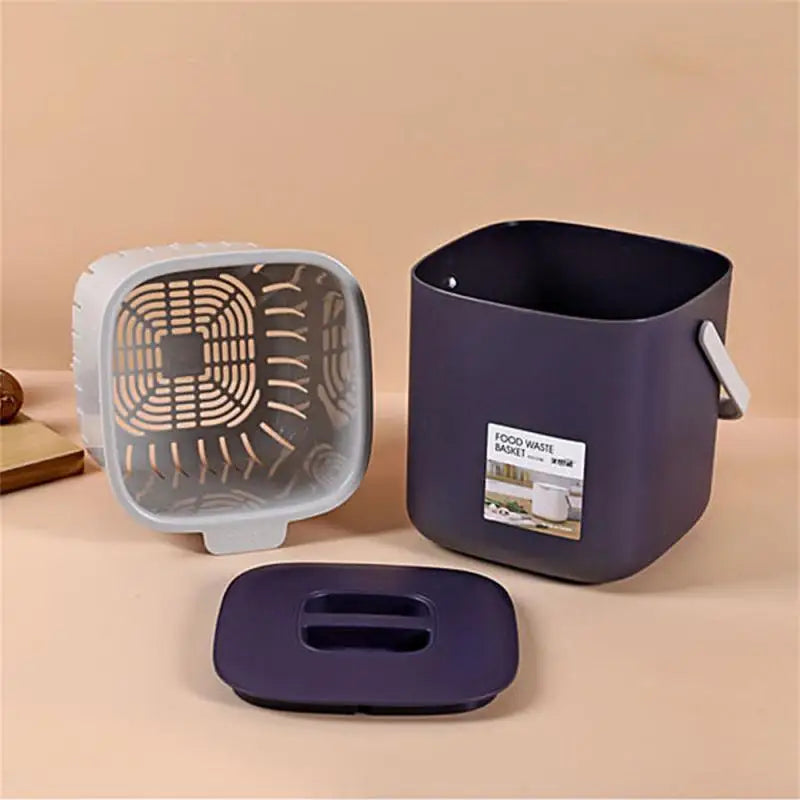
Composting 101: Turn Kitchen Waste into Garden Gold
Share
Composting is a simple, effective way to reduce waste, enrich your soil, and promote sustainable living. By recycling organic materials, you can create nutrient-rich compost that benefits your garden and the environment. Whether you’re new to composting or looking to refine your technique, this guide will help you get started.
Why Composting Matters
- Reduces Waste: Diverts kitchen and yard waste from landfills, cutting down on methane emissions.
- Improves Soil Health: Compost enriches soil, promoting plant growth and improving water retention.
- Supports Sustainability: Creates a closed-loop system, turning waste into a valuable resource.
- Saves Money: Reduces the need for chemical fertilizers and soil amendments.
How Does Composting Work?
Composting is the natural process of breaking down organic materials into humus, a dark, nutrient-rich substance. Microorganisms, such as bacteria and fungi, decompose the materials, aided by oxygen, moisture, and heat.
What Can You Compost?
Green Materials (Nitrogen-Rich)
- Fruit and vegetable scraps
- Coffee grounds and tea bags
- Grass clippings
- Fresh plant trimmings
Brown Materials (Carbon-Rich)
- Dry leaves
- Twigs and small branches
- Shredded cardboard and paper
- Straw or hay
Items to Avoid
- Meat, dairy, and greasy foods (attract pests)
- Diseased plants or weeds with seeds
- Pet waste
- Non-biodegradable materials
Types of Composting
1. Backyard Composting
- Ideal for households with a yard.
- Use a compost bin or create a pile in a shaded area.
- Layer greens and browns, and turn the pile regularly to aerate.
2. Vermicomposting
- Uses worms to break down organic material.
- Great for small spaces or indoor composting.
- Red wriggler worms are the most effective for this method.
3. Bokashi Composting
- A fermentation-based method using beneficial microbes.
- Works well for kitchen scraps, including meat and dairy.
- Requires a sealed container and bokashi mix.
4. Municipal Composting
- Some cities offer curbside composting programs.
- Check local regulations and what materials are accepted.
Steps to Start Composting
- Choose a Location: Pick a shady spot for your compost bin or pile.
- Select a Bin: Use a store-bought bin, build one, or create an open pile.
- Layer Materials: Alternate layers of green and brown materials.
- Add Water: Keep the pile moist but not soggy.
- Turn the Pile: Aerate every 1–2 weeks to speed up decomposition.
- Monitor: Check for proper moisture, heat, and balance of materials.
Benefits of Composting
- Nutrient Boost: Compost adds essential nutrients like nitrogen, phosphorus, and potassium to your soil.
- Improved Soil Structure: Enhances drainage and water retention.
- Reduced Carbon Footprint: Diverts organic waste from landfills, reducing methane emissions.
- Healthier Plants: Promotes stronger roots and healthier growth.
Common Composting Problems and Solutions
- Foul Odor: Caused by too much green material or lack of aeration. Add more browns and turn the pile.
- Slow Decomposition: May indicate the pile is too dry. Add water and mix well.
- Pests: Avoid by not adding meat, dairy, or oily foods and keeping a lid on the bin.
Using Your Compost
Once your compost is dark, crumbly, and smells earthy, it’s ready to use:
- In the Garden: Spread compost as a top layer or mix it into the soil.
- For Potted Plants: Blend compost with potting soil for an extra nutrient boost.
- As Mulch: Apply around plants to retain moisture and suppress weeds.
Shop Composting Essentials
At Sustaina Collective, we offer a variety of composting tools and accessories, including bins, turners, and compostable bags, to make your composting journey easy and efficient.
